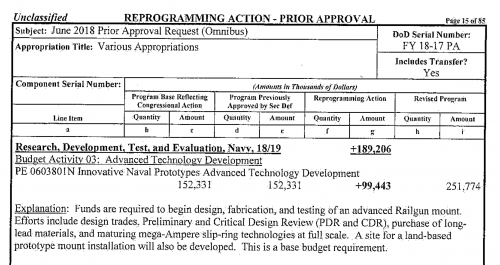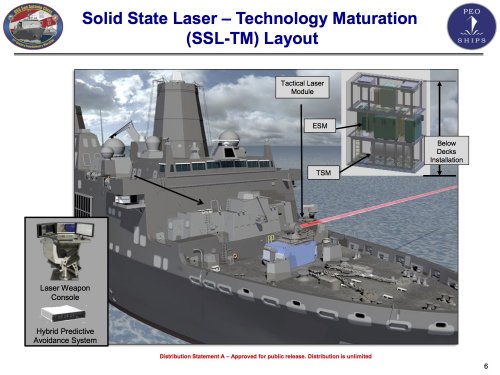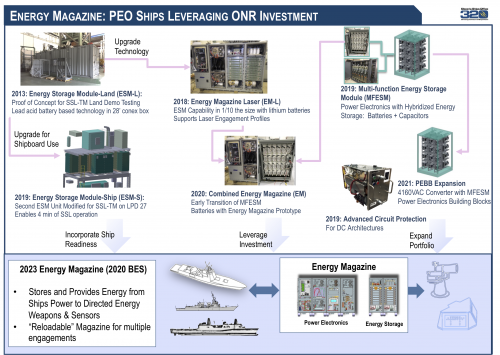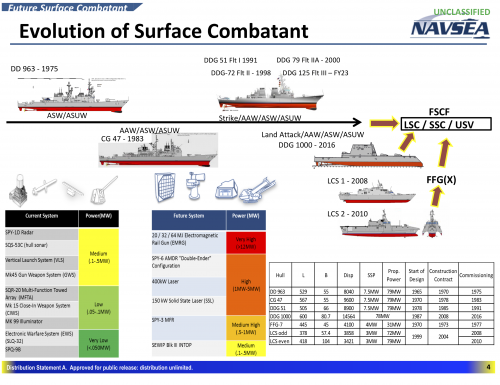jsport
what do you know about surfing Major? you're from-
- Joined
- 27 July 2011
- Messages
- 7,711
- Reaction score
- 5,716
When does the baseline size of ship (Frigate, Destroyer, Cruiser ie obsolete designations) housing a right sized AESA radar (have never heard a real argument that the SPY-6 is the for sure the correct size BMD radar, radar needs to be so large as no longer considered a SPY series radar) (is there going to national or just fleet BMD/ hypersonic defense assigned to these ships).
Size of gun(s) to do real 'on shore forces support" at distance not the B'S that has been sold for decades
This would include genuine analysis of multipurpose Vertical guns which should have been integrated decades ago whose deep magazine is better solution than VLS for guided genuine bombardment, air defense, and anti-ship potentially even antisubmarine .
What are the power requirements for an electronic torpedo defense, hybrid chem/solid state Lasers, PBWpns (w/ KE like effects against shielded msles and Hypersonics), potential Vertical and or turreted EMTCs or EMRG defense weapons.
What is the real size and numbers requirement for an "on board" multi-traditional role but also including emerging ship to shore logistics and NAVSPECWAR support UAS. There isn't even a decent VTOL UAS even being purposed yet.
Oh and if the USN wants V-22s on ships. It would seem the smallest vessel needs to house at least one V-22. Most likely two. Do not see any of this. Again what are these people being paid for?
Size of gun(s) to do real 'on shore forces support" at distance not the B'S that has been sold for decades
This would include genuine analysis of multipurpose Vertical guns which should have been integrated decades ago whose deep magazine is better solution than VLS for guided genuine bombardment, air defense, and anti-ship potentially even antisubmarine .
What are the power requirements for an electronic torpedo defense, hybrid chem/solid state Lasers, PBWpns (w/ KE like effects against shielded msles and Hypersonics), potential Vertical and or turreted EMTCs or EMRG defense weapons.
What is the real size and numbers requirement for an "on board" multi-traditional role but also including emerging ship to shore logistics and NAVSPECWAR support UAS. There isn't even a decent VTOL UAS even being purposed yet.
Oh and if the USN wants V-22s on ships. It would seem the smallest vessel needs to house at least one V-22. Most likely two. Do not see any of this. Again what are these people being paid for?







